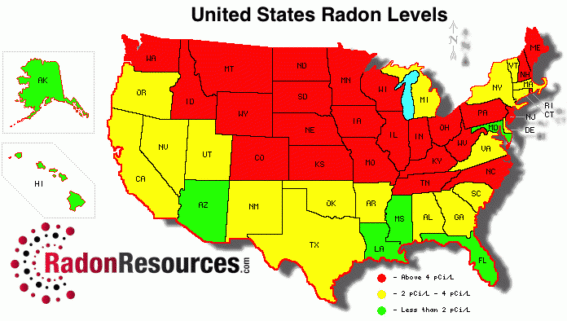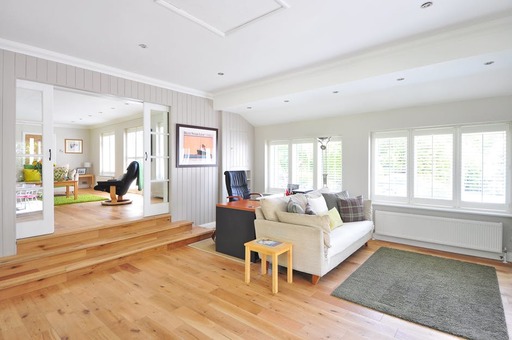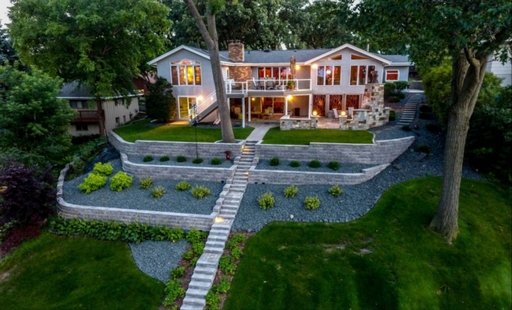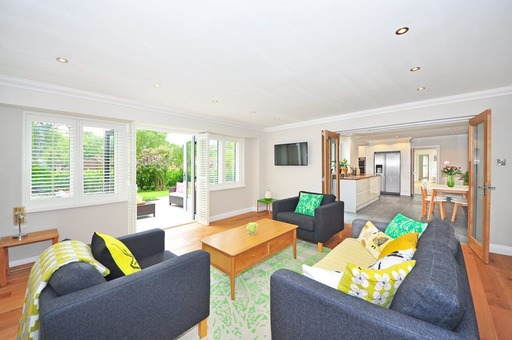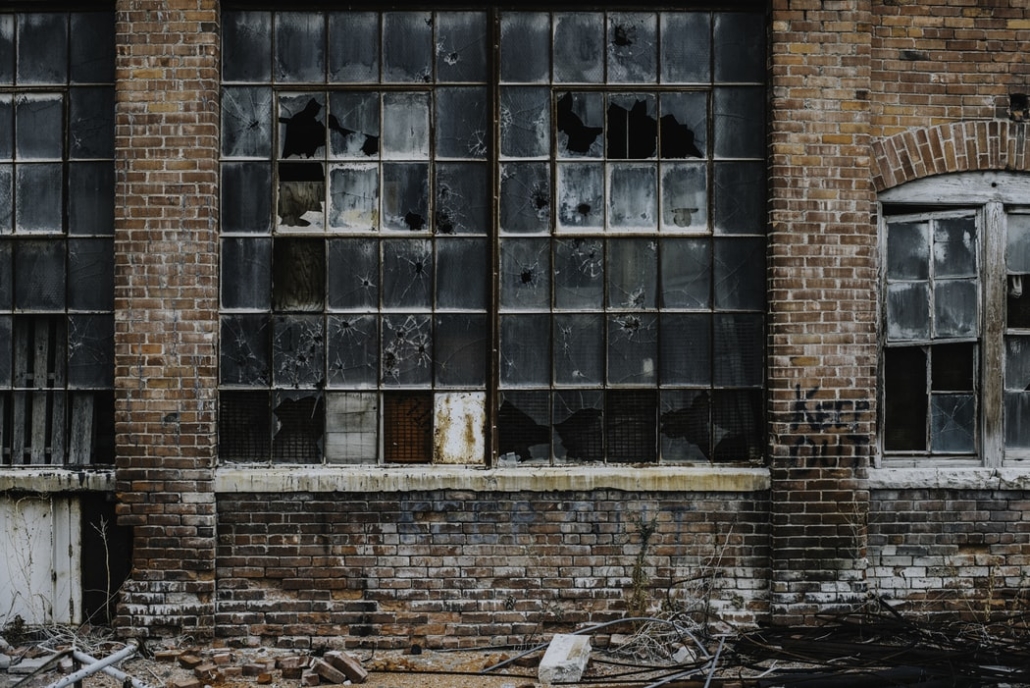Color Me Happy: Using Color to Effect the Mood of Your Home
Blue
Blue comes in a sea of colors, but whether you think it’s cool as a river or calming as the ocean, this is the color to choose if you’re looking for your home to be a haven.
Effects/Emotions: Relaxing, calming, serene, focus, communication
Best Use: Bedrooms, offices, hallways
Rooms to Avoid: Gym–the calming nature of blue isn’t great for high-intensity workouts
Yellow
There’s nothing mellow about yellow! This sunshine-y shade works great throughout homes and can be used as an unexpected alternative to a pure white without being overwhelming.
Effects/Emotions: Lively, Energetic, Cheery, Sunny
Best Use: Entertaining areas and public spaces like the kitchen, dining room, bathrooms and living/family room
Rooms to Avoid: Bedrooms
Orange
Orange is a very boisterous color and can be an unexpected hue for decor, but when done correctly sets a great tone for the rest of the room. While it’s often used as an accent color because of the attention-grabbing nature, tones such as terracotta and burnt sienna have been very popular in the United States southwest decor for ages.
Effect/Emotions: Warm, energizing, exciting, creative, social, confidence
Best Use: Bar areas, kitchens, patios, gyms
Rooms to Avoid: Bedrooms
White
Pure as the driven snow. Bridal white. Pearly white. White is heavily linked to cleanliness and freshness which makes it the perfect canvas for any other colors or a powerful color to leave on it’s own. The difficulty of keeping a crisp white color in decor has also led to the association with class, privilege, and luxury.
Effects/Emotions: Purity, Clarity, Thoughtfulness, Openness
Best Use: All rooms. This blank canvas is a great way to layer in other colors without being too overwhelming or can be used on its own for a clean, pure aesthetic.
Green
With many shades of green from lime to forest, you can find a green for any room with the darker hues having a classy, rich feel and light shades eliciting sunny emotions like near-spectrum yellow.
Effects/Emotions: Balance, harmony, tolerance, understanding, connection, fresh
Best Use: All rooms, depending on shade
Rooms to Avoid: Avoid bright, lime shades in bedrooms as they take on the qualities of yellow rooms
Turquoise
Turquoise is the unofficial color of the tropics for good reason–it’s easy, breezy, yet fun and effervescent nature is perfect for anywhere you want the “Don’t worry, be happy” vibe of the islands to follow!
Effects/Emotions: Cool, calm, healing, happy, peaceful
Best Rooms: Bedrooms, bathrooms, yoga studios, dens
Rooms to Avoid: Gyms or anywhere high energy is needed
Pink
Pink is the color of cotton candy, bubblegum, and all things baby girl so it makes sense that this fun, lighthearted color is the perfect choice anywhere you want to keep the mood light and tension down.
Effects/Emotions: Playful, nurturing, love, sweet, dissolves anger
Best uses: Bedrooms, bathrooms, living rooms
Rooms to Avoid: Office, library, or anywhere directness and focus are required
Black
Traditional design wisdom says to avoid ink-colored walls, but black is surprisingly versatile and elegant when used as an accent wall or in purposeful ways. Be sure to pay close attention to the finish and texture of the walls in your room, though, lest you end up with an unintended Addams Family aesthetic.
Effects/Emotions: power, reflection, class, drama, protection
Best uses: Kitchen, living/family room, dining rooms, foyers
Rooms to Avoid: Rooms without windows (unless you’re going for a cave-feel)
Red
Red hot, firecracker, scarlet letter: Red has long been associated with heat, passion, and competitiveness. In fact, teams with red uniforms are statistically more likely to win at any given challenge or competition than those wearing any other color. In many Asian cultures, red is the color of luck, making it a great choice for the home.
Effects/Emotions: Energy, power, strength, heat, stimulates appetite
Best Use: Kitchens, dining rooms, bar areas, theaters, office
Rooms to Avoid: yoga room, spa, patio or other relaxing areas
Purple
The high cost of indigo traditionally meant that the color purple was reserved for nobility, but today all can enjoy this beautiful hue. Ranging from lilac to plum, all purples are a mix of calming blue and fiery red which means you can find a purple shade to fit any room or purpose you desire!
Effects/Emotions: Spirituality, luxury, ambition, royalty
Best Use: Bedrooms, Bathrooms, Closets
Rooms to Avoid: None, depending on shade


